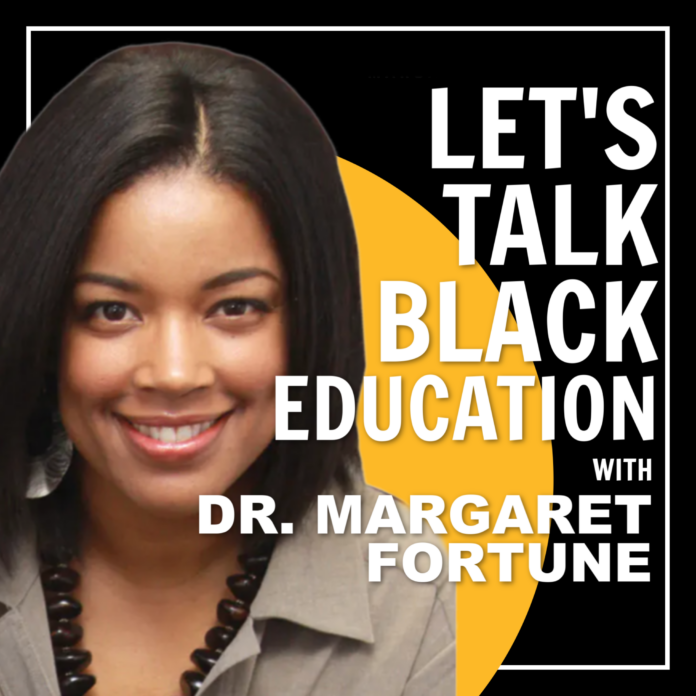
Dr. Margaret Fortune | President/CEO Fortune School
While politicians in Sacramento debate how to reopen schools, there is one thing they
should keep in mind: our public policy ought to acknowledge the vital role parents are
playing to educate their own children during this pandemic. While we have rightly
secured the jobs of public school employees, we need to be clear, parents are doing
some real heavy lifting — and at a price.
In a soon-to-be-released poll of California’s Black registered voters, 71 percent of
respondents who are parents said they or someone they know has spent out-of-pocket
to cover educational expenses due to COVID-19 school closures.
Parents have hired teachers and tutors, bought desks and paid for childcare or given up
jobs to stay home with their children. Some are paying tuition for their children to attend
private school because their neighborhood public school is closed.
In California, the decision to reopen schools has been left to local school systems,
putting the pressure on school boards, superintendents, and charter school leaders.
What has resulted is a hodge-podge response – dictated in part by local public health
mandates, in part by public pressure and increasingly by politics as President Biden
overlaid his goal to reopen schools within his first 100 days in office on the landscape.
There are public schools that have been opened for much of the school year in areas of
the state where the coronavirus is less prevalent and others that have remained closed
where the virus continues to be widespread.
After months of deadlock, Governor Gavin Newsom and leading Democrats in the
Legislature just struck a deal offering $2 billion to public schools to reopen by April 1.
The Governor’s original plan to push schools to reopen in February proved too quick a
pivot. This new timeline appears likely to stick as vaccinations become more widely
available to educators and public schools throughout the state that have been shuttered
since last March, announce plans to reopen this spring.
Even as schools reopen, most will offer hybrid programs for less than 5 days a week.
This is because of public health mandates requiring social distancing and that children
learn in small groups of no more than 16 people (including the teacher) that can’t mix.
As a result, some form of distance learning will continue for many families. That means
parents across California will continue to foot the bill for the hidden costs of
distance learning because of schools that can’t operate at full capacity.
I believe it would be reasonable for California to pay parents for the education expenses
they are incurring because of COVID-19 school closures.
There are different vehicles to accomplish this at a state level, including tax credit
scholarships which put less pressure on the state budget. A tax credit scholarship
allows individuals or corporations to make a tax free contribution towards education
scholarships for families in need. A nonprofit organization chosen by the state would
distribute the scholarships to eligible families for allowable education expenses.
Schools have never successfully done the job of educating children alone. We’ve
always relied on parents as our partners. The pandemic throws into sharp relief the
indispensable role parents play in their child’s education. California lawmakers should
make provisions for parents to receive economic relief in light of the real costs they are
shouldering during distance learning.
EDITOR’S NOTE: Dr. Margaret Fortune is the president/CEO of Fortune School, a
network of K-12 public charter schools based in Sacramento, California she founded to
close the African American Achievement gap in her hometown. Dr. Fortune has been an
education advisor to two California governors. She is secretary-treasurer of National
Action Network Sacramento, an affiliate of Rev. Al Sharpton’s national civil rights
organization.

